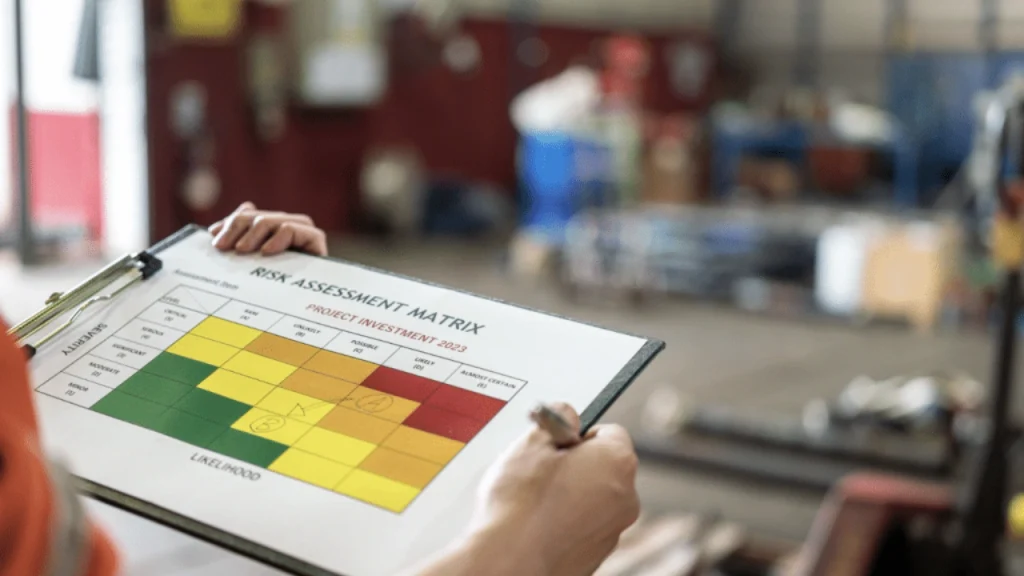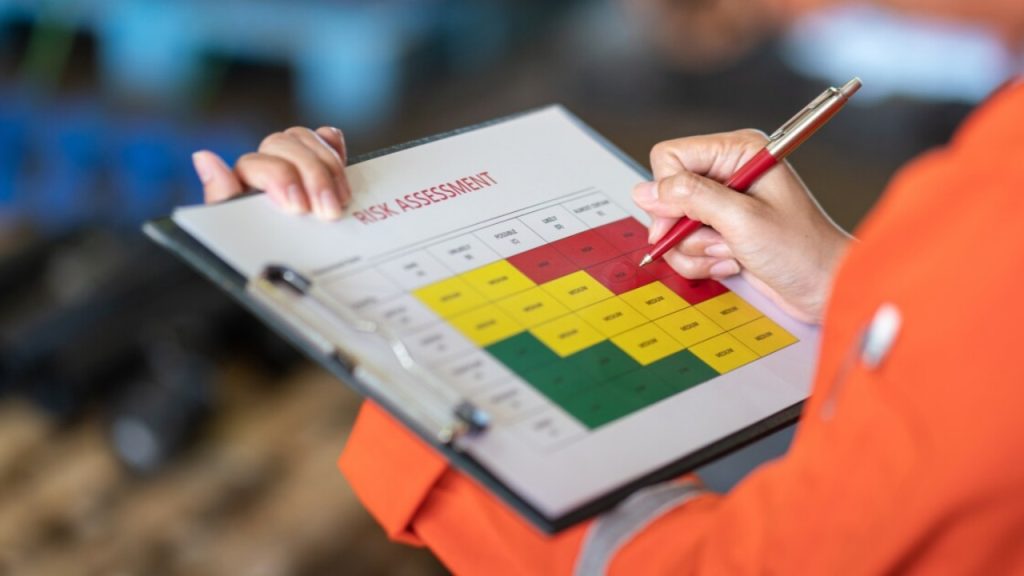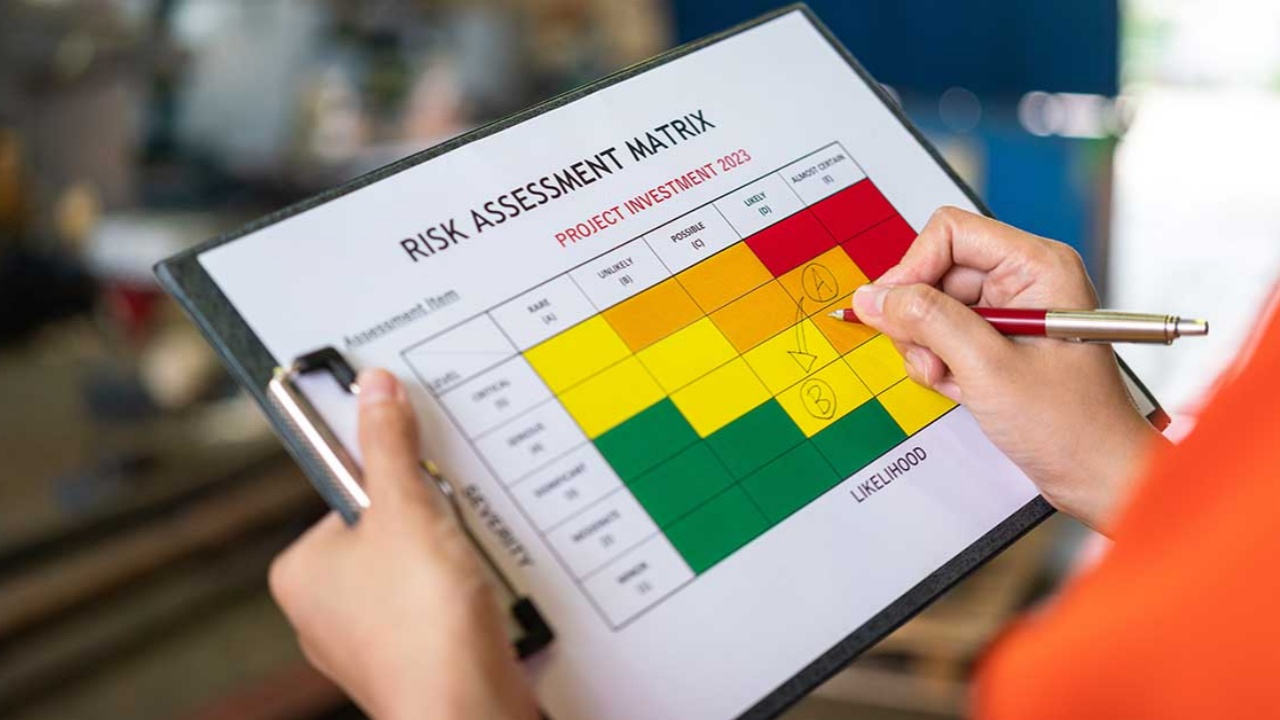julioednilan
The Importance of Risk Assessment in Effective Planning
Risk assessment is a vital tool for individuals and organizations alike to anticipate potential threats, evaluate their consequences, and develop strategies to minimize or address them. It plays an integral role in decision-making by helping to foresee and manage risks before they lead to significant problems. By comprehensively analyzing risks, businesses can protect their assets, maintain operations, and avoid adverse impacts.
- RECOGNIZING POTENTIAL RISKS
The first step in any risk assessment is the identification of possible risks. This requires a thorough review of both internal and external factors that could lead to harm, damage, or disruption. Internal risks might include inefficient processes or system failures, while external risks could arise from events like economic downturns, natural catastrophes, or changes in regulations. Identifying these risks early gives businesses the opportunity to take preventative actions before they become major issues.

- ASSESSING THE CONSEQUENCES OF RISKS
Once risks are identified, the next step is evaluating their potential consequences. This involves determining both the probability of the risk occurring and the severity of its impact. Factors such as financial loss, legal ramifications, reputational harm, and operational interruptions are considered in this analysis. Understanding the depth of each risk’s potential damage helps businesses prioritize them, addressing the most pressing threats first.
- PRIORITIZING RISKS BASED ON IMPACT
The next phase involves ranking the identified risks by their likelihood and impact. This step ensures that the most significant risks are addressed promptly, while those with lower probabilities or less severe outcomes may be deferred. Prioritization allows for more efficient use of resources, ensuring that critical risks receive the attention and mitigation strategies they require.

- IMPLEMENTING RISK MITIGATION MEASURES
Once risks are prioritized, businesses must devise strategies to mitigate them. These measures could involve avoiding certain risks altogether, transferring the risks (e.g., through insurance), or minimizing the impact of risks through changes in processes, policies, or technology. A well-crafted mitigation plan helps businesses prepare for unforeseen challenges and reduces their exposure to potential threats.
- ONGOING RISK MONITORING
Risk assessment is not a one-time process. Continuous monitoring of identified risks, as well as the effectiveness of mitigation strategies, is essential for adapting to new challenges. Regularly updating risk assessments helps organizations stay resilient by ensuring they remain prepared for evolving risks and can take action as necessary.
By following these steps, businesses can minimize risks and enhance their ability to make informed decisions, ultimately ensuring greater stability and success.

